frozen or not?
aunt_jane
15 years ago
Related Stories
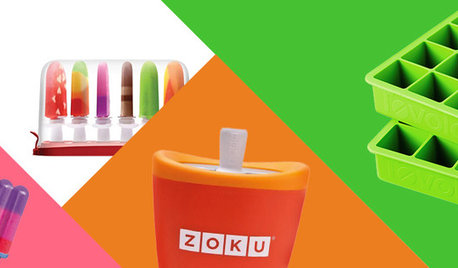
SHOP HOUZZShop Houzz: Say Hello to Popsicle Season
Everything you need to make homemade frozen pops all summer long
Full Story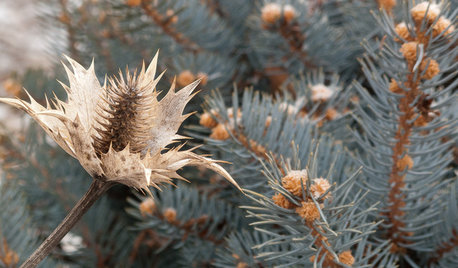
WINTER GARDENINGInspiring Winter Scenes From the Denver Botanic Gardens
Use seed heads, bare branches and grasses to design lovely garden displays when the ground is frozen
Full Story
HOME TECHIce Cubes Are Obsolete! New Technology Is Way Cooler
Chill drinks the smarter way than using messy old ice, with these new home tech solutions
Full Story
MONTHLY HOME CHECKLISTSYour Winter Home Maintenance Checklist
Keep your home and yard safe and running smoothly as temperatures drop and activity moves indoors
Full Story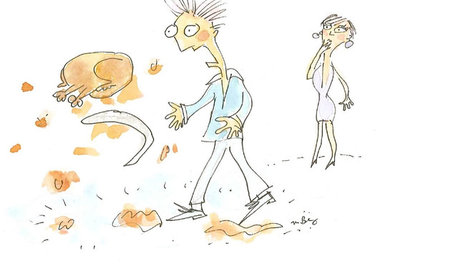
MOST POPULARThanksgiving Tales: When the Turkey Tanks
Houzz readers prove adept at snatching victory from the jaws of entertaining defeat
Full Story
DISASTER PREP & RECOVERYMore Power to You: How to Pick the Right Generator
If your home's electricity goes, don't let it take your necessities with it — keep systems running with this guide to backup power
Full Story
ENTERTAININGThe Busy Mom's Guide to Throwing a Kids' Holiday Tea Party
Even Fancy Nancy would thrill to be a guest at this easy event, where no one will know the shortcuts but you
Full Story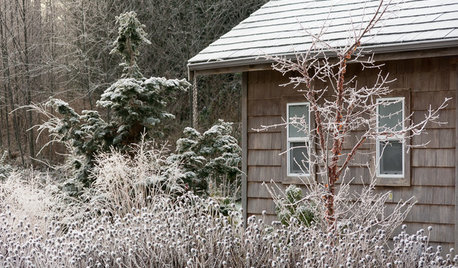
WINTER GARDENINGLook Beyond Plants for a Wonderful Winter Garden
Use sculptures, fences and other structures to draw the eye to a bare-bones landscape
Full Story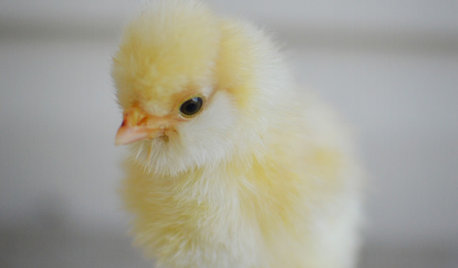
PETSWhat You Need to Know Before Buying Chicks
Ordering chicks for your backyard coop? Easy. But caring for them requires planning and foresight. Here's what to do
Full Story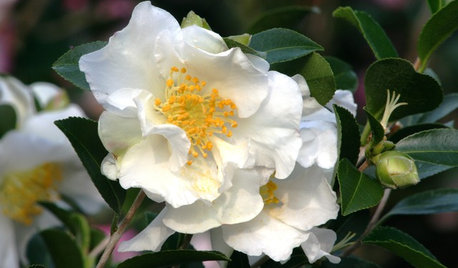
WINTER GARDENING6 Flowers for Gorgeous Winter Garden Color
Blooming beauties can be yours from January through March — just take your pick from these bulbs, shrubs and even a tree
Full Story








vtandrea
orchid527
Related Professionals
Ilchester Landscape Architects & Landscape Designers · Newcastle Landscape Architects & Landscape Designers · Chesapeake Ranch Estates Landscape Contractors · Fort Myers Landscape Contractors · Gresham Landscape Contractors · Kettering Landscape Contractors · Los Banos Landscape Contractors · Lynwood Landscape Contractors · Royal Oak Landscape Contractors · Seymour Landscape Contractors · Thonotosassa Landscape Contractors · Fargo General Contractors · Meadville General Contractors · Riverside General Contractors · Waimalu General Contractorsclaire1_2008
toyo2960
smwboxer
petite_orange
aunt_janeOriginal Author